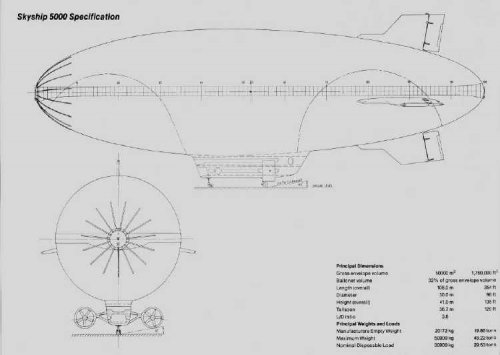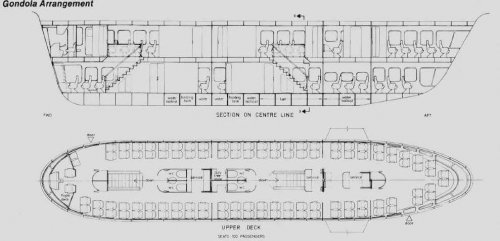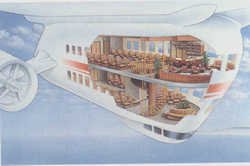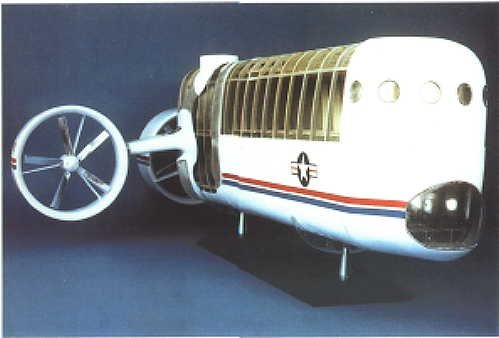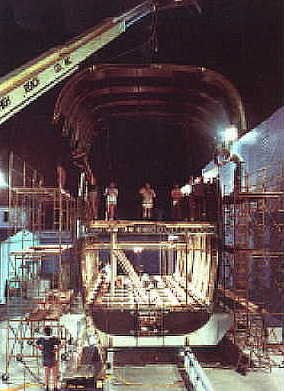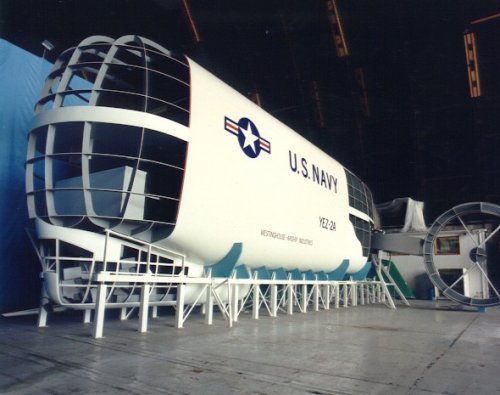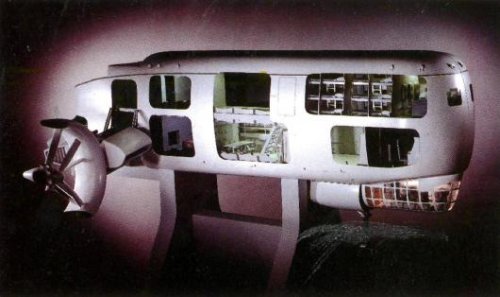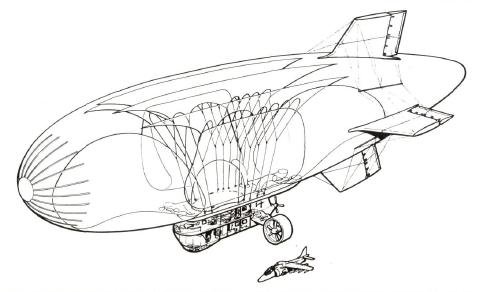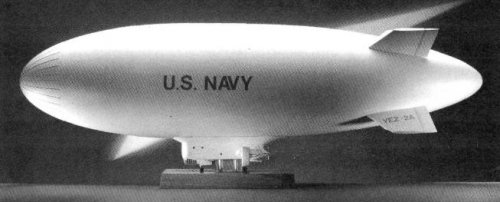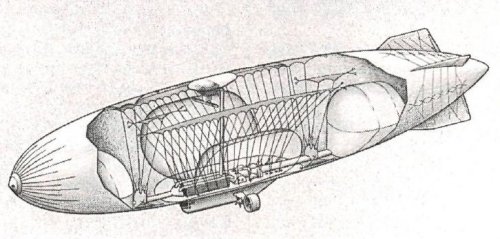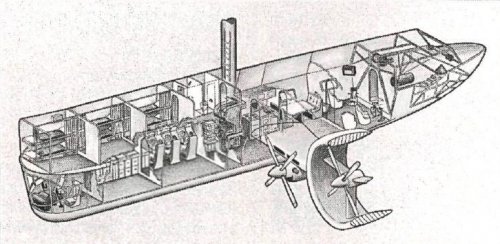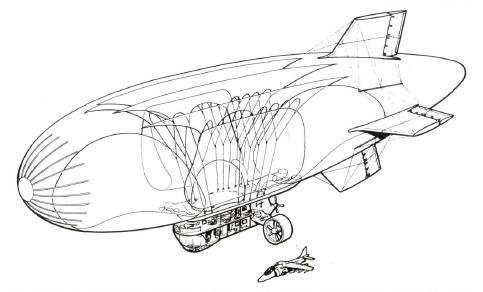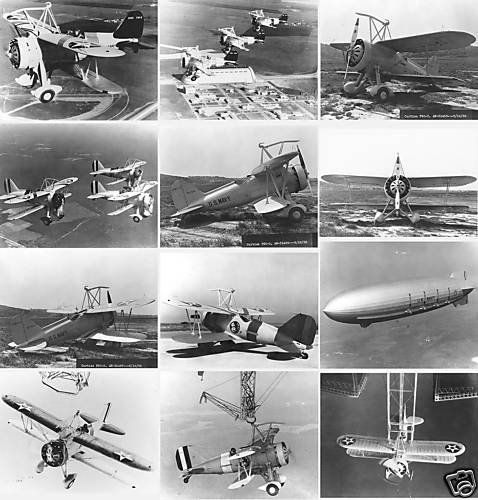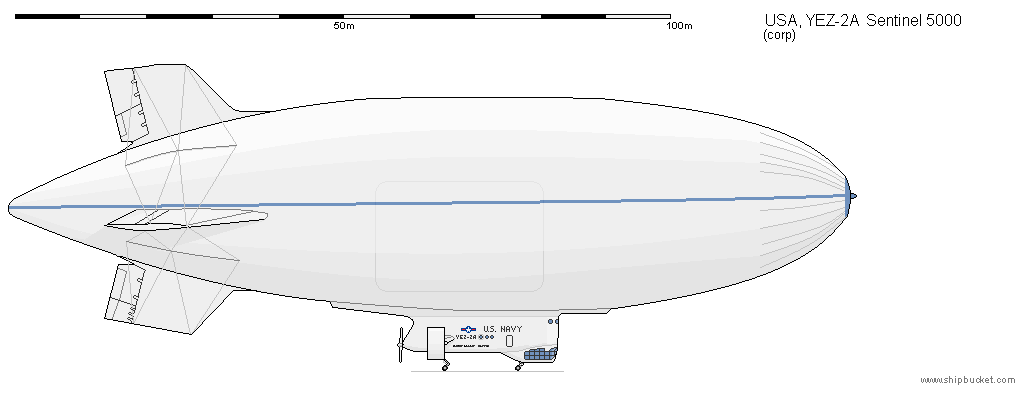The Naval Airship Program (NAP) was initiated by Naval Air Systems Command in 1985 to investigate the suitability of airships in the Airborne Early Warning (AEW) role. Airship Industries and Westinghouse Electric beat Goodyear Aerospace for a $168.9 million in June 1987 for an operational development model (ODM) airship. The United States Navy designated the Sentinel 5000 as the YEZ-2A.
In October 1988, NAP evolved from an exclusively US Navy program to one by Defense Advanced Research Projects Agency (DARPA); in FY90 became funded under DoD's Air Defense Initiative. Program focused primarily on demonstration of long-range, long-endurance surveillance system capable of detecting low-observable sea-skimming cruise missiles; other potential applications included OTH (over-the-horizon) targeting, drug surveillance and interdiction functions. Original USN requirement was for independent airborne early warning system capable of operating with surface attack groups anywhere in the world. ODM vehicle planned to have unrefueled endurance of two to three days; by refueling and replenishing from surface units within a task force, a mission capability of some 30 days was intended. Designated USN missions were surveillance and targeting, AEW, and communications.
The Sentinel 5000 was to be the largest non-rigid airship ever constructed and would carry a crew of 10 to 15 in a wide-bodied and pressurized gondola. The upper deck would provide living accommodations for the crew, including double cabins, showers, separate ward room galley and a small gymnasium.
A full-scale ground test vehicle for the gondola and propulsion system was constructed at Naval Air Station (NAS) Weeksville in Weeksville, NC according to Jane's while the The Airship Heritage Trust claims NAS Lakehurst in Lakehurst, NJ.
Statistics from Jane's All the World's Aircraft 1992-93 (1992)
Dimensions External:
Envelope:
Length overall: 129.54 m (425 ft 0 in)
Max diameter: 32.00 m (105 ft 0 in)
Height overall: 46.33 m (152 ft 0 in)
Gondola:
Length overall: 25.91 m (85 ft 0 in)
Max width: 5.08 m (16 ft 8 in)
Max height: 7.32 m (23 ft 0 in)
Dimensions Internal
Envelope volume 70,792 square meters (2,500,000 cu ft)
Estimated Performance:
Max level speed (3 engines) 88 knots (163 km/h; 101 mph)
Operating height: S/L to 3,050 m (10,000 ft)
Pressure ceiling: 4,270 m (14,000 ft)
Max. endurance at 40 knots (74 km/h;46 mhp) at 1,525 m (5,000 ft) more than 60 hours.
Mission capability: 30 days.
Original NASC contract included options for up to five more Sentinels after ODM.
DARPA contract, ending May 1994, included critical design review of ODM. Major redesign of gondola and propulsion system in 1995, aimed at saving some $45 million in development costs. Present status of program is uncertain according to the Jane's web site.
http://www.janes.com/articles/Janes-All-the-Worlds-Aircraft/SENTINEL-5000-United-Kingdom.html

